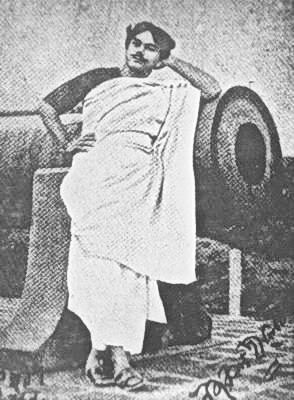

Shall I, weary of struggles, rest in quiet, Only when the battle fields are cleared of jingling bloody sabres
Bidrohi free#
The sky and the air free of the piteous groans of the oppressed. I bring earth-quakes on this world! “(8th stanza)” Last stanza I ride on the wings of lightning with joy and profundity, I am the trembling first touch of the virgin, The poem's centennial was celebrated around the world including Bangladesh and West Bengal. 100 Years celebration Ģ021 marked the 100th year of the poem. The poem was first collected in October 1922 along with other 11 poems in the book Agneebina published from Arya Publishing House. Upon its release, the poem gained widespread popularity and some other magazines also published the poem including The Moslem Bharat, Prabashi, Modhumati, and Shadhana magazine.

According to Muzaffar Ahmed, the poem was first published on 6 January 1922 in weekly Bijli Magazine. In December 1921, while they were living at Taltala Lane in Kolkata, Nazrul wrote the poem. Upon returning from the first world war in 1919, Kazi Nazrul Islam started living in Kolkata along with his close friend Muzaffar Ahmed. He included literary elements from Hindu, Islamic and Greek mythology in this poem. This poem, through which Nazrul celebrated human creative powers, asserted his affirmation of the individual human capacity for heroic action and human unity and solemnly called for rebellion against all forms of oppression (including that of the British in India) elevated him to the status of a national figure.


 0 kommentar(er)
0 kommentar(er)
